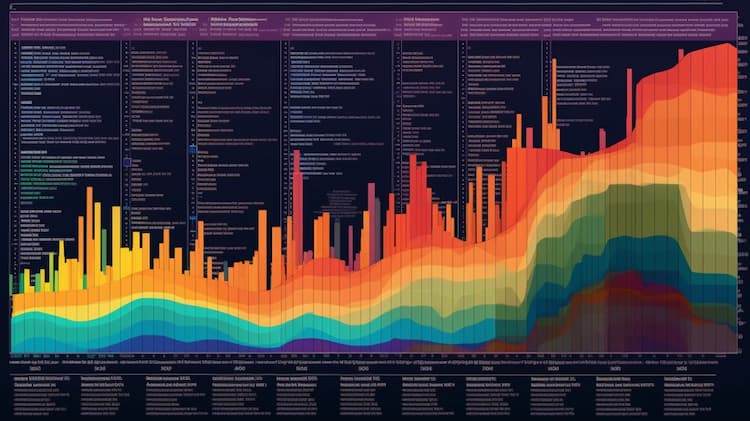
LQD VS IEF
Exchange-Traded Funds (ETFs) have gained immense popularity in the world of investing, offering investors diversified exposure to various sectors and asset classes. In this article, we will delve into a thorough comparison between two prominent bond ETFs: LQD (iShares iBoxx $ Investment Grade Corporate Bond ETF) and IEF (iShares 7-10 Year Treasury Bond ETF). We'll explore essential aspects including ETF tickers, full names, issuers, sectors, top holdings, capitalization, strategy, tracking, and exposure.
LQD Vs IEF: Overview
LQD and IEF are two ETFs that focus on distinct segments of the fixed-income market. While LQD targets investment-grade corporate bonds, IEF tracks US Treasury bonds with maturities between 7 and 10 years. This difference in bond type and issuer introduces varying risk and return profiles, which we'll examine further in the following sections.
LQD Vs IEF: Sectors and Top Holdings
The LQD ETF primarily invests in a diversified portfolio of investment-grade corporate bonds issued by companies such as Apple, Microsoft, and Verizon. On the other hand, IEF holds US Treasury bonds issued by the federal government. Understanding the sectors and top holdings of these ETFs can aid investors in making informed decisions based on their risk appetite and investment objectives.
 LQD overlap LQD VS IEF
LQD overlap LQD VS IEF
LQD Vs IEF: Capitalization and Strategy
LQD boasts a substantial asset under management (AUM), indicative of its popularity among investors seeking exposure to investment-grade corporate bonds. IEF's strategy centers around providing exposure to intermediate-term US Treasury bonds, making it a suitable choice for investors seeking relatively stable income and some level of safety. The differences in capitalization and investment strategy between LQD and IEF can significantly impact their potential returns and risk characteristics.
LQD Vs IEF: Tracking and Exposure
LQD's goal is to replicate the performance of an index composed of investment-grade corporate bonds, providing investors with a way to access the corporate bond market's returns and yield. IEF, on the other hand, offers exposure to US Treasury bonds within the 7-10 year maturity range, allowing investors to benefit from changes in interest rates over this time frame. Understanding the tracking mechanisms and exposure of these ETFs is crucial for investors looking to align their portfolios with their financial goals.
Conclusion
LQD and IEF cater to investors with differing preferences and risk tolerances within the fixed-income universe. For those looking to gain deeper insights into holdings, correlations, overlaps, and other valuable information, ETF Insider stands as the ultimate tool. With its user-friendly app, ETF Insider empowers investors with comprehensive details about these financial instruments and many others.
Disclaimer: This article does not provide any investment advisory services.
Sources:
LQD quote and analysis
Discover the top holdings, correlations, and overlaps of ETFs using our visualization tool.
Our app allows you to build and track your portfolio.
To learn more about the LQD iShares iBoxx $ Investment Grade Corporate Bond ETF, access our dedicated page now.
FAQ
Why is LQD better than IEF?
LQD may be considered better than IEF for some investors due to its specific focus, offering diversification.
Does IEF beat LQD?
IEF's performance relative to LQD will vary over time, depending on market conditions.
Should I invest in LQD or IEF?
The choice between LQD and IEF should align with your investment goals, risk tolerance, and desired exposure.
Are LQD and IEF good investments?
Both LQD and IEF can be suitable investments depending on individual investment strategies, goals, and risk profiles.
What is the correlation between LQD and IEF?
The correlation between LQD and IEF can vary over time, reflecting differences in performance.





